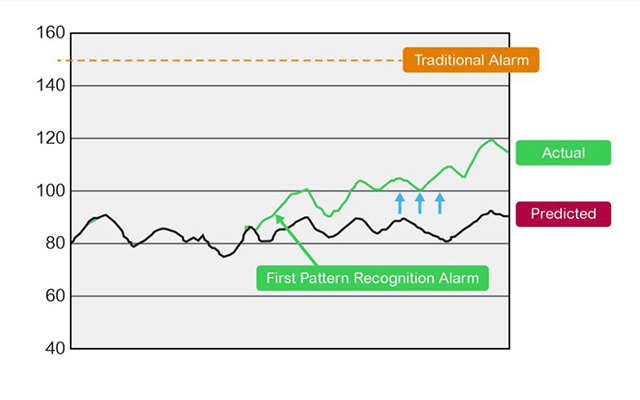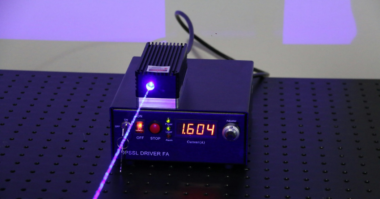Authors: Maurizio Rovaglio, Vice President, Oil & Gas Technology and Alliances, Schneider Electric, and Jack Creamer, Market Segment Manager, Pumping Equipment–Industry Business, Schneider Electric
Digital applications and services are critical to end users achieving the business performance gains promised by IIoT. Data collection must be extended to include analytics that are simple to interpret and that deliver pertinent and valuable business information. This typically requires Oil & Gas companies and their OEM suppliers to work together to optimize solutions within their larger system.
By linking the information derived through analytics via wireless connectivity and cloud-based architectures, the result is the correlation of differentiating analytics at the process control level. Simple measurements plus complex analytics equate to customer value.
 Dashboards that compile the analytics gathered from the field utilize contextual information, such as real time events, alarms, drifts, and historical data, to help operators make more precise resource allocation decisions.
Dashboards that compile the analytics gathered from the field utilize contextual information, such as real time events, alarms, drifts, and historical data, to help operators make more precise resource allocation decisions.
In these early stages of IIoT rollout, applications which benefit the most from these advanced analytics include installation optimization, asset management and protection, condition based monitoring, and augmented reality applications.
For example, predictive asset analytics solutions are typically based on algorithms called Advanced Pattern Recognition (APR) and Pump System technology. The tool learns an asset’s unique operating profile during all loading, ambient and operational process conditions. Existing Pump System sensor data is input into the software modeling process and compared to real-time operating data to determine subtle deviations from expected equipment behavior and to alert operators of any deviations as appropriate.
This article is part of an eight-part series looking at how the Industrial Internet of Things (IIoT) concepts are transforming the Oil & Gas industry business model. For more information, please visit: goo.gl/4ohXN7.
READ PART 1 | READ PART 2 | READ PART 3 | READ PART 4 | READ PART 6 | READ PART 7
About the Authors
Maurizio Rovaglio is Vice President of Oil & Gas Technology and Alliances at Schneider Electric in Italy. Mr. Rovaglio holds multiple patents and has authored over 100 technical articles published in international scientific journals, and has delivered presentations at multiple international conferences. Mr. Rovaglio has over 15 years’ experience in software sales, marketing, resource planning and project execution in the O&G domain across the world.
Jack Creamer is Schneider Electric Segment Marketing Manager – Pumping Equipment, based in the United States. Mr. Creamer has more that 30 years in the Electrical Industry, and has been involved for 10 years in the Pumping Industry. He is involved in key industry organizations such as the Hydraulic Institute and Submersible Wastewater Pump Association, where he holds both Committee Chair and Board level positions. In his time in the Pump industry, he has help Schneider create numerous solutions that both enhance pumping efficiency and address issues such as maintenance and downtime.





Comments